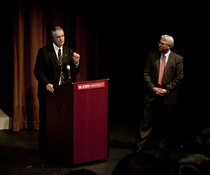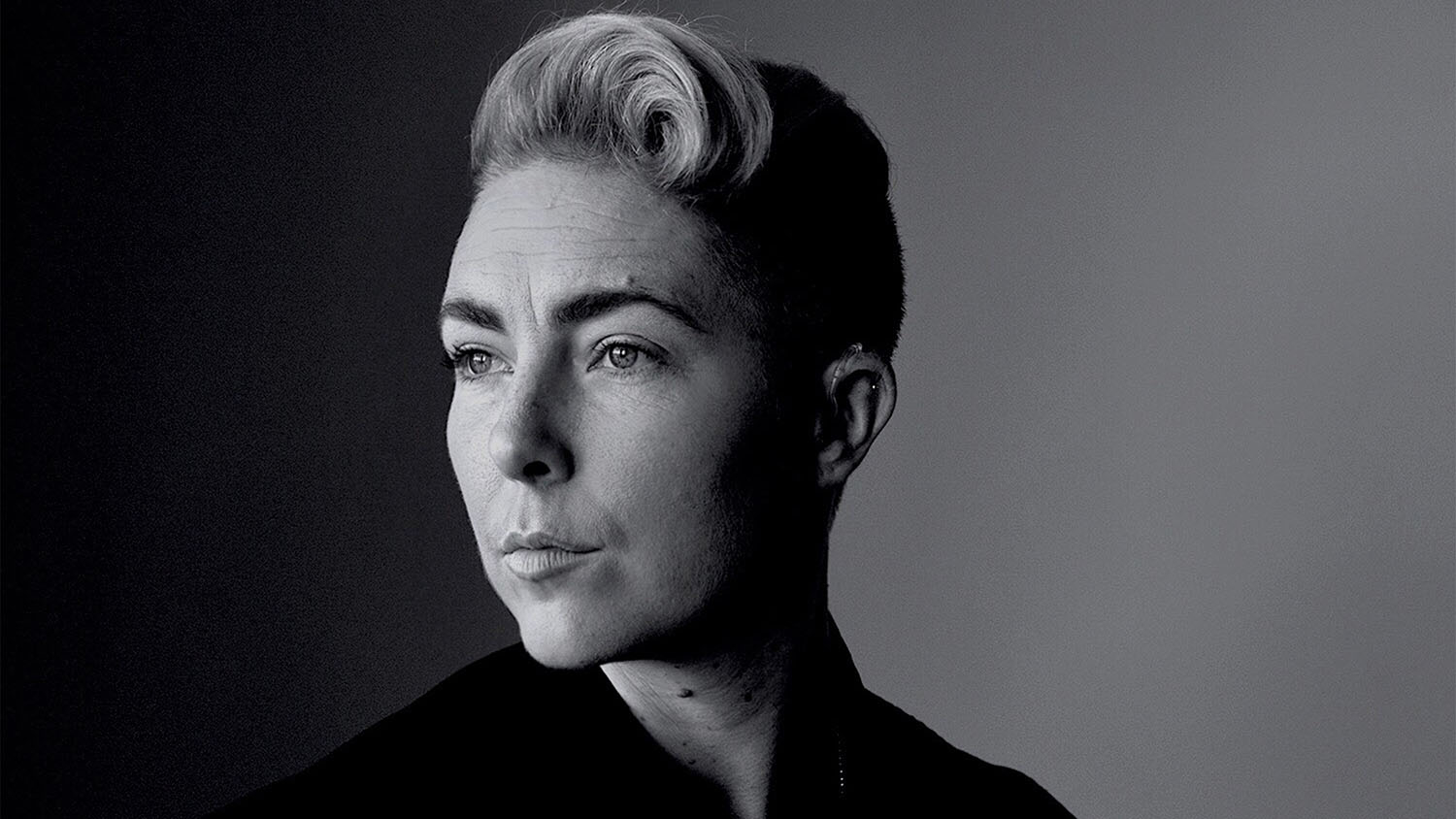Big Plans for NC State
Chancellor Randy Woodson got down to business at his first campus forum in September, rallying the university community for the challenges ahead and evangelizing on behalf of a strategic planning effort that aims to match resources to dreams.
“Look, I was as cynical as all of you as a faculty member about strategic planning. But this is God’s work,” he exclaimed before launching into a sales pitch for a campuswide effort that will drive the work of nine task forces, a steering committee and several hundred volunteers.
The hour-long event, in front of a capacity crowd in the new Titmus Theatre, was part pep rally, part educational seminar.

Woodson said his visits across the state this summer highlighted opportunities for NC State to expand its work in life sciences and capitalize on partnerships with private industry.
“This is our time,” he declared. “We ought to take advantage of it to see what the university can mean to the state and nation.”
Challenges Ahead
Woodson praised NC State’s focus on student success but said growth has stretched the university to its limits.
“The faculty is not big enough for the size of our enrollment,” he said.
With more economic uncertainty ahead, the university will focus on building its endowment fund, which is among the smallest in its peer group at $450 million. It should be above $1 billion, he said. That will allow the university to “temper the waves” of financial uncertainty with another funding source for scholarships, teaching and research.
Strategic Plan
“I’m not interested in a plan that sits on a shelf,” Woodson said. “It really is about measurable outcomes, lofty goals and holding people accountable.”
Interim Provost Warwick Arden fleshed out the details of the planning process. Two key elements are having open two-way communication and tying resources to each goal, he said. “We won’t have a full road map until this plan is complete.”
Through November, nine task forces will take the lead in working on the top issues:
• Undergraduate student success
• Graduate and postdoctoral program development
• Faculty excellence
• Research and scholarship
• Comprehensiveness and interdisciplinarity
• Global engagement and competitiveness
• Partnerships, innovation and entrepreneurship
• Campus culture and community
• Resource strategies
The next steps are task force reports in December and revisions in the spring, culminating with adoption of the plan next summer.
For a detailed timeline and list of committee members, visit the strategic planning site.
- Categories:


